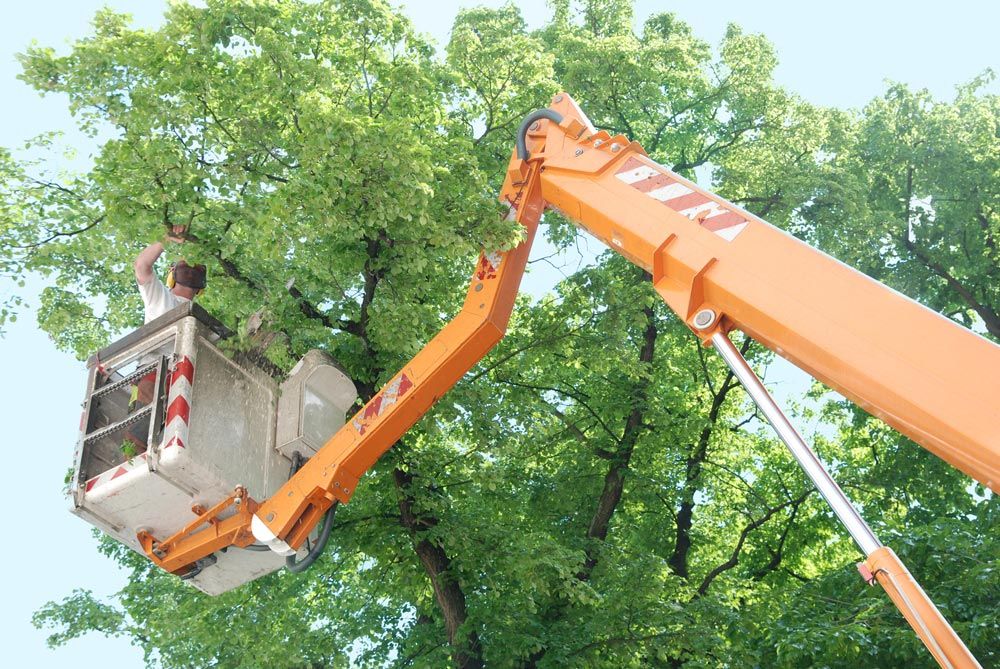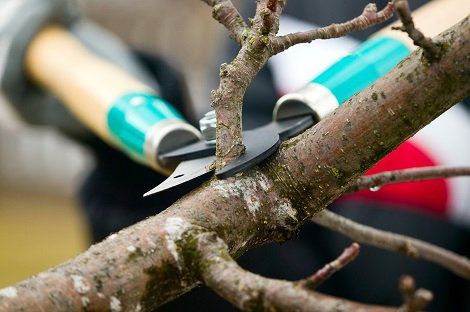Should You Add or Remove Trees During a Drought?
With California facing drought conditions, the design and makeup of your residential or commercial landscape are more important than ever. Much of the conversation around landscape and droughts often centers on plants, grass, and bushes. But what about your trees? Should you avoid adding trees during a drought? Can you protect existing trees? And can trees even help the situation in your area? Here are a few answers to these and other questions you may have.
Should You Plant Trees in Drought?
As very large plants, trees may seem like a drain on your yard when water is already scarce. However, this may not be true. Mature trees actually develop deeper and more wide-reaching roots that bring up water from sources that other greenery cannot. This water is then distributed throughout the tree's root system and can benefit the plants around it.
A tree can also help the landscape in other ways. Its canopy provides shade for plants, insects, animals, and humans. That shade slows down water evaporation on lawns and plants. It decreases the temperature of the immediate area, which will reduce water needs for animals and people. And the canopy helps distribute and filter any rainfall that does come for better absorption and use.
How Can You Minimize Drought Effects?
Of course, these positive effects depend on a healthy and thriving tree. So one of the most important moves to make is to strengthen your trees' defenses against drought. Have trees properly assessed for health on a regular basis. Keep the canopies in good condition. Take proactive measures to prevent infection or infestation, both of which make a tree unhealthy and lower its resistance to injury.
In addition, take care of what's around the tree. The right use of mulch around the tree's base — placed two to three inches away from the trunk and root ball — can insulate the ground to reduce temperatures and increase water retention.
Avoid nearby plants that will compete with the tree for water, minerals, and other resources. And keep landscaping equipment away from the trunk so they don't accidentally damage it.
Finally, if you add a new tree to your landscape, do so with careful planning. Choose a native tree known for its drought resistance. In the Sacramento area, this may include hardy local species like the valley oak, interior live oak, gray pine, and Western redbud.
Take extra care to support young trees after planting. This may require additional watering and fertilizing, but these are investments for a healthier future.
Should You Remove Trees in a Drought?
Instead of planting new trees or preserving existing ones during water shortages, should you remove any trees? In general, there's little reason to remove healthy, well-adapted trees even during a drought. As long as their benefits to the landscape outweigh their needs, it's a net positive for everyone.
However, keep an eye out for signs that a tree is having trouble. Disease, pests, wind damage, or thin canopies could actually make drought conditions worse. Dry, damaged, or unpruned trees are more susceptible to fire during dry periods. And if the tree begins to require more and more support, this may be a good time to assess whether you should deploy those resources elsewhere in your yard.
Where Should You Start?
Whether you already have trees in your residential or commercial landscape or you're considering planting some, the best place to begin is by consulting with an experienced local tree service. They'll work with you to find the right species and planting location, care for young and developed trees, and decide when it may be time to remove any.
AAA Tree Service is ready to help Sacramento area property owners with all their tree needs. Call today to make an appointment.


